Lemon trees can be the perfect addition to your garden since they are easy to grow, but they do require special care to survive low temperatures. If you are a lemon tree owner who wants to prepare your plant for the oncoming winter months, look no further. We have done the research to provide you with everything you need to know to properly overwinter your lemon trees.
To overwinter a lemon tree, move it to a shaded, preferably heated, enclosed location. The best place to overwinter a lemon tree is inside a greenhouse where the tree can be insulated while still receiving enough sunlight.
If a greenhouse is not available to you, you can also move the tree inside your home where it could stay in a southern-facing room, placed an arm's length away from a window sill.
Overwintering a lemon tree can be easily done by transferring the tree into an area where it will be safe from freezing temperatures. There are a couple more measures you can take to ensure that your tree can survive through the winter months. Continue reading as we discuss additional information to help you successfully overwinter your lemon tree.
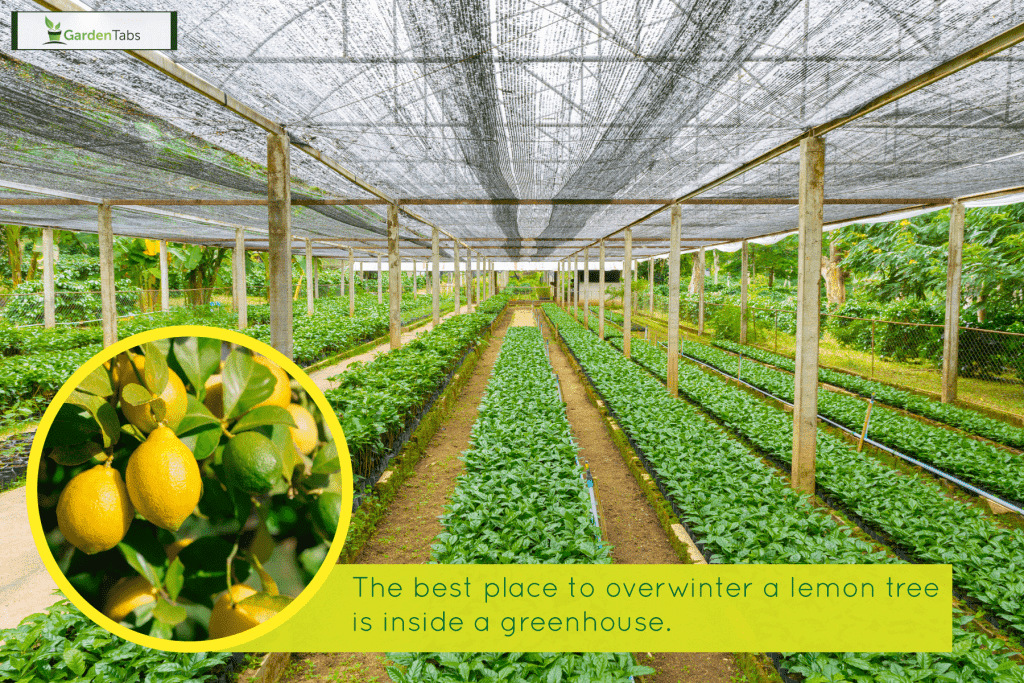
How Do I Prepare My Lemon Tree For Winter?
Even if lemon trees are perennials native to subtropical countries, it's possible for them to survive in colder regions as long as a caretaker actively regulates their living conditions. It is best to move the plant into an insulated area once the outdoor temperature hits below 30ºF.
Avoid leaving a lemon, or any citrus tree outside the house during the cold season because the freezing temperature will kill the plant. Some experts even advise relocating them even before the temperature hits the low 30s to ensure that the plant will not defoliate.
Transfer The Lemon Tree In A Greenhouse
A heated greenhouse is the best place to relocate your lemon tree for the winter. Before moving it in, make sure that the area has the appropriate living condition for a lemon tree. Lemon trees thrive in regions with an average temperature of 80ºF, so it is recommended that the greenhouse can maintain the same warmth.
If you are using a heated greenhouse, do not allow the temperature to exceed 95ºF. However, if your greenhouse is not heated, use an artificial heat source when temperatures drop. Bubble wraps and blankets are also great materials to wrap around the trunk and the pot for additional insulation.
Transfer The Lemon Tree Inside Your House
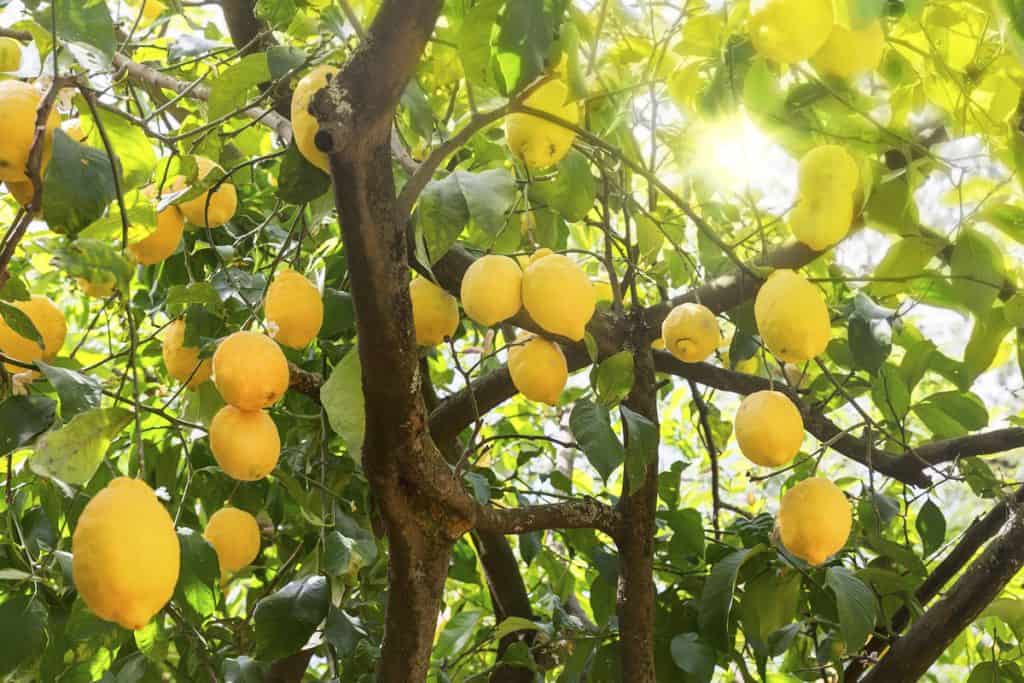
Not everybody owns a greenhouse, that's why moving non-hardy plants indoors is a great way of preserving them. It is important to note that overwintering your plant indoors requires extra care and attention. Below are steps you can follow to prepare your tree for the winter indoors.
Slowly Acclimate The Lemon Tree To Changing Temperatures
Before moving the lemon tree inside, allow your plant to adjust to the changing season. You can do this by moving it into a shaded area outdoors and allowing it to stay there for a couple of weeks before the temperature drops to around 55ºF. This will help the lemon tree familiarize itself with the cooler temperature it will be experiencing indoors during winter.
Treat The Lemon Tree With An Organic Pesticide
Lemon trees are often infested with insects that like to live on the fruits and leaves. For the safety of your tree as well as the residents of the home, make sure that you treat the plant with a pesticide. This will prevent the insects from taking advantage of an overwintering tree, and will also ensure that there will be no harmful bugs introduced into the household.
Checking the health status of your plant will help you determine what type of treatment it needs. Organic pesticides are safer to use than normal pesticides due to the lack of toxic chemicals that can be harmful to both the plant and the gardener. However, if the plant seems healthy enough, a simple water spray on the leaves will ensure that you're washing away the pests you might have missed.
Place The Lemon Tree Inside A Warm Room
For a lemon tree to survive indoors, it needs more than just warmth. Since it is a plant native to subtropical countries, it requires sunlight and enough humidity in the air to keep living.
An ideal place for the tree would be a room that can maintain an average of 60ºF. Make sure that you place the tree in the warmest room of your home while keeping it at a distance from the heating vents to avoid damaging the plants. You can move it next to a wall an arm's length from a window sill so that it can receive enough sunlight throughout the winter season.
Below are a few tips you can follow to keep your lemon tree from drying up during winter:
- Place a basin large enough to hold the pot and fill it with pebbles. Sit the lemon tree on top of the pebbles, then fill the basin with water just below the bottom of the pot.
- Spray the leaves of the tree with water at least two or three times a day to give it moisture.
- Keep watering the plant through winter, but avoid drowning the soil.
- Ensure the pot has proper, unclogged drainage when watering the plant. This will prevent the roots from rotting.
- Occasionally spray the top of the soil with water to keep it from drying out.
- Apply a diluted balanced liquid fertilizer on the lemon tree's leaves once a month, or as recommended by the instructions on the product.
Fertilize The Soil Of The Lemon Tree
While it is not always advised to fertilize your lemon tree during the winter months, you can do so if your plant is already bearing flowers and fruits before overwintering. You can fertilize with a balanced slow-release fertilizer that provides the soil's micronutrients enough to support its growth during a season in which it would not be actively sprouting fruit otherwise.
Which Plants Should I Overwinter?
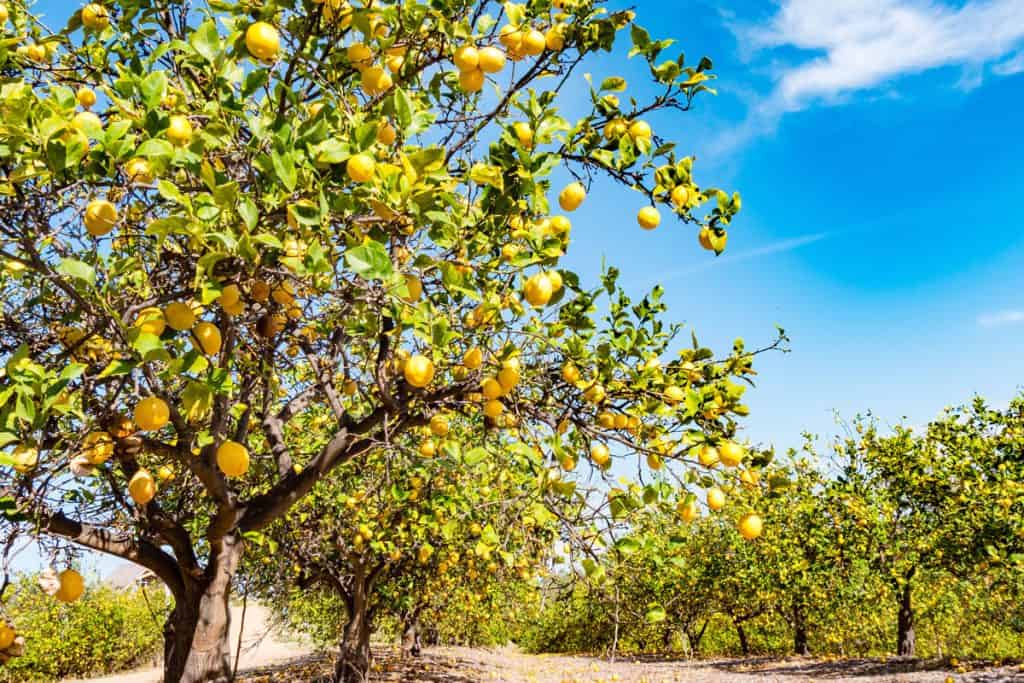
Different types of plants have varying degrees of resistance against harsh weather conditions. These plants are categorized in two main labels that describe how low of a temperature they can withstand before it freezes and dies. Plants who are sensitive to cold are labeled as "tender" plants, while plants that can survive cold weather are labeled as "hardy" plants.
What Are Tender Plants?
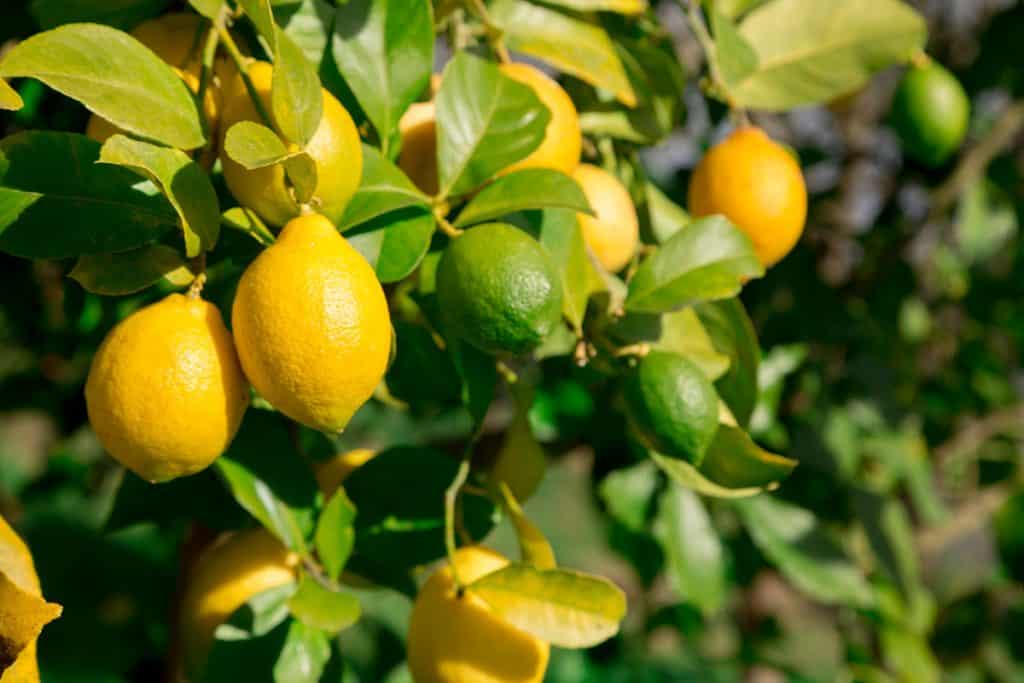
Tender plants are mostly perennial plants, such as lemon trees. These plants are naturally unable to survive the freezing temperatures of regions that experience winter seasons because they are native to tropical and subtropical climates. Below are the types of tender plants to help you figure out which plants in your garden need to be overwintered.
- Half-hardy plants - This type of tender plant can not survive winter and frost but can tolerate short periods of cool temperature not exceeding below 23°F.
- Subtropical plants - This type of tender plant can endure freezing temperatures below 23°F, but will not be able to survive temperatures around 0°F.
- Tropical plants - This type of tender plant will thrive in regions with a warm climate but not be able to withstand temperatures around 50°F - 60°F. Any temperature below 50°F will kill a tropical plant.
It is important to note that while these types of plants are commonly known as "tender" plants, the more appropriate term would be "frost tender" plants. This is because there are plants that have the exact opposite disposition, allowing them to thrive in a cold climate and die in hot temperatures. These plants are called "heat tender" plants.
What Are Hardy Plants?
Hardy plants are plants that can survive harsh weather conditions, be it frost, storm, or even drought. Hardy plants can live throughout winter with little to no supplementary maintenance from their keeper. Below are the two most common types of hardy plants to help you figure out what plants in your garden do not need overwintering.
- Frost hardy plant - This type of plant can withstand freezing temperatures around and below 23°F. Gardeners can choose to move a frost-hardy plant inside a sheltered garden or cover the soil with insulated mulch, but these plants can survive cold weather nonetheless.
- Full hardy plant - A full hardy plant will be able to survive through a freezing winter season. Some plant species considered full hardy like tulips and freesias can survive or even bloom in cold temperatures. Other full hardy plants can remain alive but dormant in temperatures around 5°F.
To Wrap Up
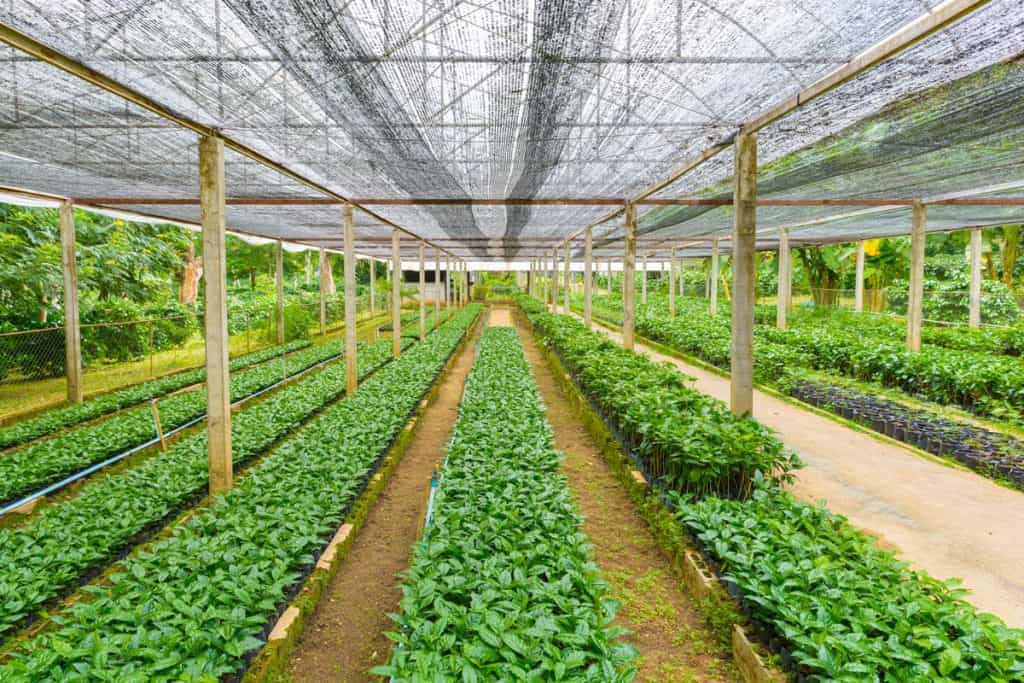
Overwintering non-hardy plants such as lemon tree are important in order to help the plant survive throughout a cold winter season. This will also allow growing saplings to produce flowers and fruits once spring comes around.
In this article, we discussed the process of overwintering a lemon tree, as well as other measures you can take in order to maintain the plant's essential living conditions. Make sure to follow the steps carefully to see your lemon tree bear fruit in the springtime.
Did you find this article helpful? Check out some of our other related posts!
Why Is My Lemon Cypress Dry And Brittle?
Shrubs For Pots In Full Sun [17 Great Ideas For Your Landscaping]
